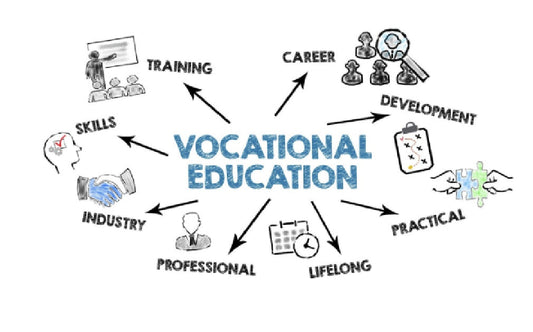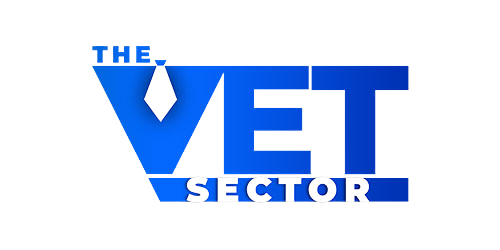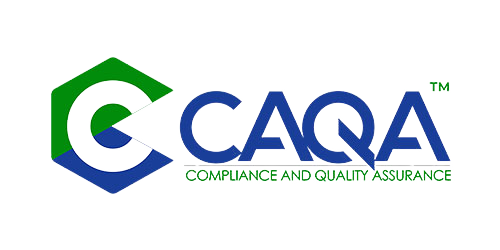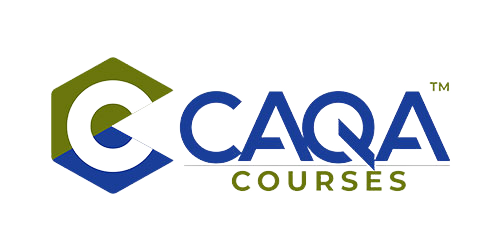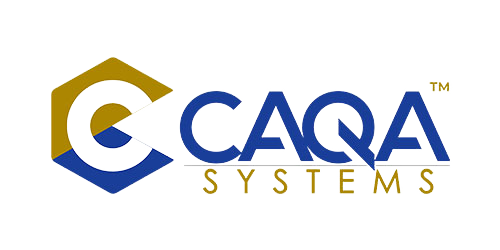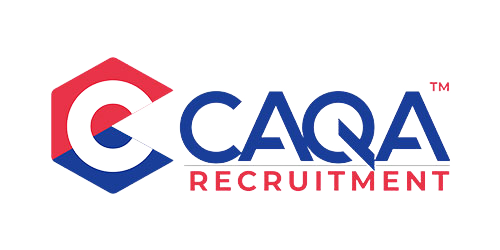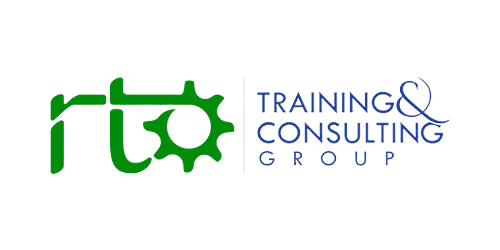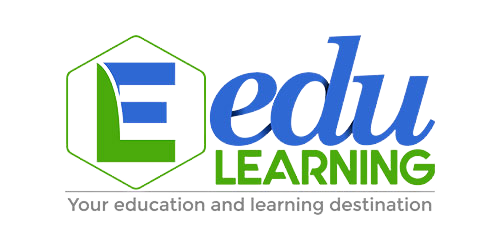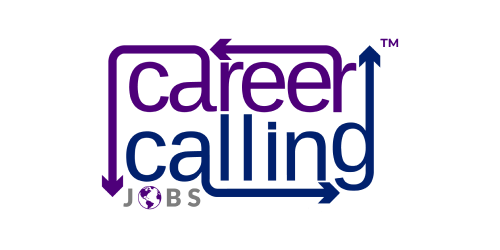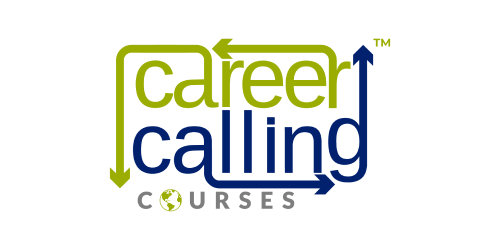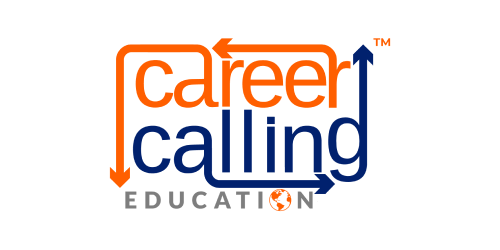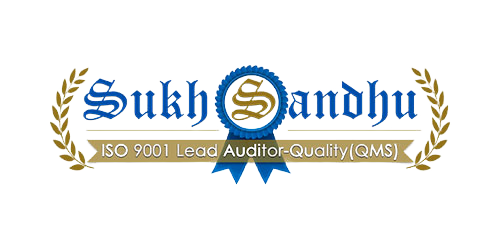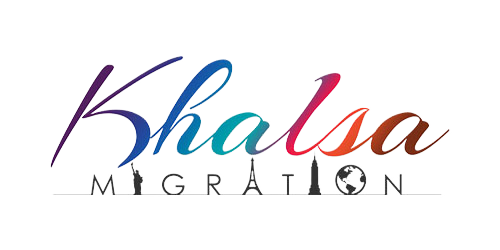Beyond Systems and Structures: The Hidden Drivers of Successful Transformation
The vocational education and training (VET) landscape across Australia is experiencing unprecedented transformation. From rapid digitalisation and evolving industry skill demands to changing student demographics and heightened employer expectations, VET providers face constant pressure to adapt, innovate, and reinvent their educational approaches. Despite significant investments in new systems, curricula revisions, and technological upgrades, research consistently reveals a troubling statistic: approximately 70% of organisational change initiatives fail to achieve their intended outcomes. This sobering reality raises critical questions for VET leaders: Why do so many well-intentioned transformation efforts fall short? What overlooked factors determine whether change succeeds or fails? How can VET institutions break this cycle of disappointment and achieve sustainable transformation?
The answer lies not in more sophisticated technologies or better-designed systems but in something far more fundamental yet frequently overlooked: the human dimension of change. For VET providers seeking to navigate today's complex educational environment, understanding and addressing the human factors in organisational transformation is not merely advantageous—it is essential for survival and success in an increasingly competitive sector. This requires moving beyond traditional change management approaches that prioritise systems and structures to embrace more holistic frameworks that recognise the crucial role of behaviours, emotions, beliefs, and organisational culture in driving meaningful transformation.
The Incomplete Puzzle: Why Structural Change Alone Falls Short
When VET institutions embark on transformation journeys, their initial focus typically falls on the most visible and tangible elements of change. Leaders invest considerable resources in redesigning organisational structures, implementing new learning management systems, revising curriculum frameworks, or restructuring administrative processes to meet compliance requirements. While these structural changes are undoubtedly necessary, they represent only one piece of a much larger and more complex puzzle. The assumption that altering external frameworks and systems will automatically translate into transformed educational experiences and outcomes represents a fundamental misunderstanding of how organisational change actually occurs.
Consider a common scenario in many TAFE institutions and RTOs: the implementation of a sophisticated new learning management system designed to enhance student engagement and streamline assessment processes. The technical deployment may be flawless, with features perfectly aligned to pedagogical needs and regulatory requirements. Yet months later, adoption remains spotty, with many trainers reverting to familiar methods while students express frustration with inconsistent experiences across their courses. The system itself works perfectly, but the human ecosystem surrounding it has not evolved in tandem with the technology.
This pattern repeats across countless change initiatives in the VET sector. New competency-based assessment frameworks are introduced but inconsistently applied. Industry partnership programs launch with fanfare but gradually lose momentum. Innovative teaching methodologies are mandated but practiced with varying degrees of commitment and skill. In each case, the external structures change while the internal human factors—the behaviors, emotions, beliefs, and cultural norms that truly drive organisational performance—remain largely unaddressed, creating a disconnect that ultimately undermines the entire transformation effort.
The Four Dimensions of Effective Change: A Holistic Framework
To overcome these limitations and achieve meaningful, sustainable transformation, VET leaders must adopt a more comprehensive approach that addresses all dimensions of organisational change. The Organisational Quadrants model developed by Tony Schwartz offers a valuable framework for understanding these dimensions and their interdependencies:
1. Structures & Processes: The Visible Foundation
This dimension encompasses the formal, tangible elements of an organisation—its systems, processes, policies, and physical infrastructure. In the VET context, this includes curriculum frameworks, assessment methodologies, learning management systems, organisational hierarchies, and regulatory compliance mechanisms. While these elements form the essential foundation for change, they represent only the starting point rather than the destination.
Effective change in this dimension requires not just implementing new structures but ensuring they align with educational objectives and operational realities. For example, when introducing competency-based assessment systems, VET providers must ensure the framework is not only technically sound but also practically implementable within existing resource constraints and compatible with trainer workflows. The most sophisticated systems will fail if they create excessive administrative burdens or conflict with the practical realities of educational delivery.
2. Behaviors & Execution: Translating Plans into Action
The second dimension focuses on the actions, skills, and practices that translate structural changes into tangible outcomes. In VET institutions, this encompasses teaching methodologies, student engagement strategies, administrative processes, and the daily workflows that determine how effectively the organisation delivers on its educational mission.
Changing behaviors requires more than simply issuing directives or providing basic training. It demands a comprehensive approach to skill development, performance management, and feedback systems that help individuals understand not just what to do differently but how to do it effectively. When a TAFE implements project-based learning approaches, for instance, success depends not merely on mandating the change but on providing trainers with in-depth professional development, mentoring support, exemplar materials, and ongoing coaching to build both capability and confidence in the new methodology.
3. Feelings & Beliefs: The Invisible Drivers of Change
This dimension addresses the emotional and cognitive aspects of change—the attitudes, beliefs, values, and feelings that powerfully influence how individuals respond to transformation initiatives. In the VET sector, these might include trainers' beliefs about effective pedagogy, administrators' concerns about workload implications, or students' anxieties about new assessment approaches.
The emotional dimension of change often remains invisible in traditional change management approaches, yet it frequently determines whether initiatives succeed or fail. When a trainer harbors deep skepticism about the value of digital learning tools, no amount of technical training will result in enthusiastic adoption. When administrators fear that quality standards might be compromised by new streamlined processes, their subtle resistance can undermine implementation. Addressing these emotional factors requires creating psychological safety, facilitating open dialogue about concerns, and helping individuals process the personal implications of organisational changes.
4. Culture & Alignment: The Collective Context for Change
The final dimension encompasses the shared values, norms, expectations, and collective identity that define "how things are done around here." Organisational culture provides the context within which all other change dimensions operate, either enabling or inhibiting transformation depending on its alignment with desired outcomes.
In VET institutions, cultural elements might include attitudes toward innovation, approaches to student-trainer relationships, commitments to industry relevance, or unspoken assumptions about educational quality. Transforming culture requires more than inspirational statements or values posters—it demands consistent modeling of desired behaviors by leaders, recognition and reward systems that reinforce new norms, and collective storytelling that helps the organisation make meaning from its transformation journey.
The Human Factor: Why People Must Be the Center of VET Transformation
Understanding these four dimensions highlights a critical insight: successful change in VET institutions must place people—their experiences, capabilities, concerns, and collective culture—at the center of transformation efforts. This human-centred approach recognises several fundamental principles:
Change Happens Through People, Not to Them
The most meticulously designed curriculum reform or technological implementation will fail if the people responsible for its execution are not genuinely engaged as active participants rather than passive recipients. VET leaders must recognise that trainers, administrators, industry partners, and students are not simply subjects of change but essential agents. Their insights, concerns, and creative contributions should inform every stage of the transformation process, from initial planning through implementation and continuous improvement.
This participatory approach might take many forms: establishing representative change committees that include voices from all stakeholder groups, conducting regular feedback sessions during implementation, creating communities of practice where educators can collaboratively develop approaches to new teaching methodologies, or involving students in redesigning assessment processes. Whatever the specific mechanisms, the principle remains consistent: those affected by change should have meaningful input into its design and execution.
Emotional Intelligence Drives Change Success
Research consistently demonstrates that the emotional dimension of change—how people feel about and make meaning from transformation—profoundly influences outcomes. VET leaders must develop their emotional intelligence capabilities to navigate this territory effectively, creating environments where concerns can be safely expressed and addressed rather than suppressed or ignored.
This requires leaders to model vulnerability and openness themselves, acknowledging that major change creates legitimate anxieties and that resistance often stems from reasonable concerns rather than simple stubbornness. When a training manager responds to questions about a new competency framework with defensive dismissal rather than curious exploration, they not only miss valuable feedback but also signal that genuine dialogue is unwelcome—undermining the psychological safety essential for successful change.
Learning Cultures Enable Adaptation
In today's rapidly evolving educational landscape, VET institutions must develop not just specific change initiatives but the organisational capacity for continuous adaptation. This requires cultivating a learning culture where experimentation is encouraged, failure is viewed as a valuable source of insight rather than a cause for blame, and continuous improvement becomes a shared commitment rather than an imposed mandate.
Developing such cultures demands intentional leadership practices: celebrating instances of creative problem-solving even when they don't fully succeed; establishing regular reflection processes that help teams extract learning from both achievements and setbacks; creating low-risk opportunities to test new approaches before full-scale implementation; and recognising individuals who contribute to collective learning by sharing both successes and challenges openly.
Practical Strategies for Human-Centered Change in VET
Translating these principles into practice requires specific strategies tailored to the unique context of vocational education and training:
1. Start with Why: Connecting Change to Purpose and Meaning
Before introducing structural changes or behaviour expectations, VET leaders must articulate a compelling "why" that connects transformation initiatives to meaningful educational outcomes and professional values. This narrative should address questions that matter deeply to educational professionals: How will this change improve learning experiences for our students? How will it better prepare them for industry needs? How will it make our work more meaningful or effective?
When implementing new digital assessment tools, for instance, the focus should not be primarily on efficiency or compliance benefits but on how these tools can provide more timely, targeted feedback to students, helping them develop vocational competencies more effectively. By connecting change to these deeper educational purposes, leaders can engage the intrinsic motivation of trainers and staff rather than relying solely on compliance-driven approaches.
2. Map the Human Landscape: Understanding Stakeholder Perspectives
Effective change management requires a nuanced understanding of how different stakeholder groups perceive proposed changes—their concerns, hopes, potential contributions, and likely sources of resistance. VET leaders should conduct thorough stakeholder analyses that go beyond simplistic categorisations to explore the specific contexts, motivations, and constraints of various groups.
For example, when introducing more flexible delivery models, leaders might discover that younger trainers worry about mastering new pedagogical approaches while experienced educators fear their accumulated expertise might be devalued. Administrative staff might focus on workload implications, while industry partners may be concerned about maintaining assessment rigor. Understanding these diverse perspectives allows leaders to tailor communication, support mechanisms, and implementation approaches to address specific needs and concerns.
3. Build Change Capability: Developing the Skills for Adaptation
Successful transformation requires not just technical skills related to specific changes but broader capabilities for navigating continual adaptation. VET organisations should invest in developing change capability at all levels—from leadership skills in managing complex transitions to frontline educators' abilities to experiment with and refine new approaches.
This capability building might include:
-
Formal professional development in change leadership and adaptive teaching methodologies
-
Peer learning networks where educators share experiences and strategies
-
Coaching support during implementation phases
-
Resources that build general adaptability rather than just specific technical skills
By developing these broader capabilities, institutions can move beyond isolated change initiatives toward becoming genuinely adaptive organisations capable of continuous evolution.
4. Create Psychological Safety: Enabling Honest Dialogue
Meaningful transformation requires environments where people feel safe to express concerns, ask questions, admit challenges, and suggest alternatives without fear of judgment or reprisal. VET leaders must intentionally cultivate this psychological safety through their communication and response patterns.
Practical approaches include:
-
Modelling vulnerability by acknowledging uncertainties and concerns
-
Responding to questions with genuine curiosity rather than defensive reactions
-
Distinguishing between implementation challenges (which should be discussed openly) and resistance (which requires deeper exploration)
-
Creating multiple channels for feedback, including anonymous options for sensitive concerns
-
Visibly acting on feedback to demonstrate that input is valued
When psychological safety exists, problems surface earlier, collaborative problem-solving flourishes, and the organisation can adapt more nimbly to emerging challenges.
5. Design for Early Wins: Building Momentum and Confidence
Major transformations can feel overwhelming, particularly in educational institutions where daily demands already stretch capacity. Breaking change initiatives into smaller components that deliver visible benefits quickly helps build confidence, demonstrate value, and generate momentum for continued development.
For instance, rather than implementing an entirely new assessment system simultaneously across all programs, a VET provider might pilot the approach in select courses, refine it based on feedback, celebrate early successes, and then gradually expand implementation. These early wins serve multiple purposes: they provide practical evidence that change can succeed, build confidence among those implementing new approaches, and create authentic success stories that motivate broader adoption.
6. Align Systems and Symbols: Reinforcing Cultural Shifts
Sustainable transformation requires alignment between formal systems (like performance reviews, recognition programs, and resource allocation) and the behaviours and values the organisation seeks to promote. When these systems send mixed messages—for instance, verbally encouraging innovative teaching while rewarding only compliance metrics in performance reviews—change initiatives inevitably falter.
VET leaders should audit existing systems and symbols to identify misalignments and make necessary adjustments. This might include revising performance metrics to recognise innovation and continuous improvement, allocating protected time for developing new approaches, changing meeting structures to model collaborative problem-solving, or restructuring physical spaces to facilitate the desired teaching methodologies.
Case Study: Human-Centered Transformation in Action
To illustrate these principles, consider how a metropolitan TAFE successfully implemented a major shift toward industry-embedded assessment practices across its trade programs. Rather than simply mandating the change or focusing exclusively on assessment design, the institution adopted a comprehensive approach addressing all four dimensions of transformation:
Structures & Processes: The TAFE developed new assessment frameworks, industry partnership agreements, and documentation systems to support workplace-based competency assessment. These structural elements provided the necessary foundation but were developed iteratively with input from those who would implement them rather than imposed as finished products.
Behaviors & Execution: Beyond simply explaining the new assessment approaches, the institution invested in comprehensive capability building. This included workshop sessions where trainers and industry partners collaboratively designed assessment activities, shadowing opportunities where educators could observe experienced colleagues conducting workplace assessments, and the creation of communities of practice where ongoing refinement occurred through peer learning.
Feelings & Beliefs: Leadership recognised that many trainers harbored concerns about delegating assessment responsibilities to industry partners or feared their expertise might be devalued. Rather than dismissing these concerns, they created forums where educators could openly discuss reservations, collaborated on establishing quality safeguards that addressed specific worries, and regularly reinforced the message that trainers' expertise was being extended rather than replaced.
Culture & Alignment: The institution aligned its systems and symbols with the desired shift toward industry embeddedness. They revised performance reviews to recognise effective industry collaboration, celebrated stories of successful workplace assessment, adjusted workload models to accommodate off-site assessment activities, and ensured leaders modeled the desired engagement with industry partners.
The result was not just successful implementation of the new assessment approach but a broader cultural shift toward stronger industry connection across all aspects of the institution's work. By addressing the human dimensions alongside structural changes, the TAFE achieved transformation that proved both effective and sustainable despite the significant shifts required in both practices and mindsets.
The Path Forward for VET Transformation
As the VET sector navigates increasingly complex challenges—from rapidly evolving industry skill requirements to changing student expectations and technological disruption—the ability to implement successful transformation becomes a critical competitive advantage. The evidence is clear: organisations that place human factors at the centre of their change efforts achieve significantly better outcomes than those focused primarily on structural and technical dimensions.
For VET leaders, this human-centered approach to change requires:
-
Embracing all four dimensions of transformation: structures, behaviors, feelings/beliefs, and culture
-
Recognising that sustainable change happens through people, not to them
-
Developing the emotional intelligence to navigate the complex human terrain of organisational change
-
Building adaptive cultures where continuous evolution becomes part of institutional identity
By integrating these principles into their transformation approaches, VET providers can break the cycle of failed change initiatives and build the adaptive capacity needed to thrive in an era of continuous evolution. The future belongs not to institutions that perfectly predict coming changes but to those that build the human capabilities to respond with agility, creativity, and collective purpose to whatever challenges emerge.
In a sector dedicated to developing others, this focus on developing our own human capabilities for adaptation represents not just sound strategy but an expression of our fundamental educational values. By becoming more effective at navigating our own transformations, we model for our students the very adaptability and continuous learning we seek to instil in them—creating a virtuous cycle that serves both our institutions and the broader communities we exist to support.





